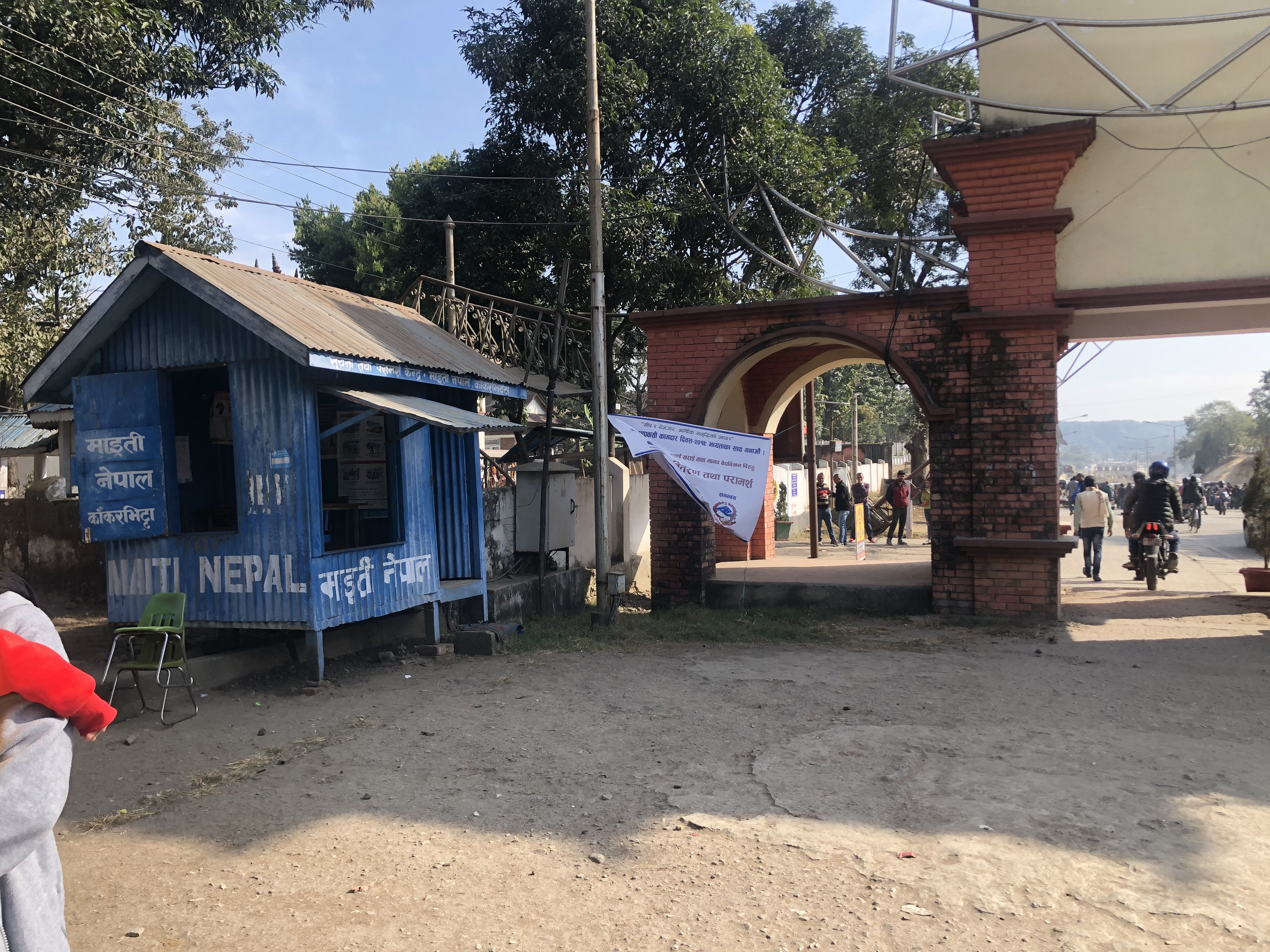Human trafficking is a global issue and continues to be a challenge in Nepal. According to the 2019 National Human Rights Commission of Nepal (NHRC) report, nearly 1.5 million Nepalis are at risk of being trafficked. Around 35,000 people were trafficked in 2018/2019 to work in different sectors, including the adult entertainment sector (AES) (ibid.). While work in the AES does not necessarily always involve commercial sex work, a large part of it is related to this, either directly or as a space to link the client and the sex worker. Recent reports found that people also pay intermediaries to be smuggled to other countries and to work in sectors of their choice (SaMi, 2018). The proliferation of AES activities in Nepal, the country’s linkages to the global AES market and the growing use of technology seem to have increased the international migration of Nepali women and girls who voluntarily travel to work in the AES.
In this brief, we analyse the following:
- Linkages between the AES in Nepal and India.
- Girls’ aspirations to work in the international AES.
- Factors that drive these aspirations.
- The process of recruitment, the financing of migration from the AES in Nepal into the international AES and the migration process itself.
We also discuss the cross-border and international migration of adolescents from Nepal to work in the AES. In the broader 'Adolescent Girls in the Adult Entertainment Sector' study, we explored the perceptions and attitudes of both adolescent girls and boys. However, in this brief we focus on adolescent girls, since the international and cross-border dynamics primarily concern them.

